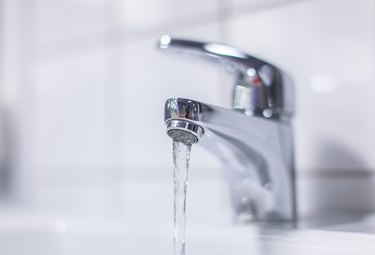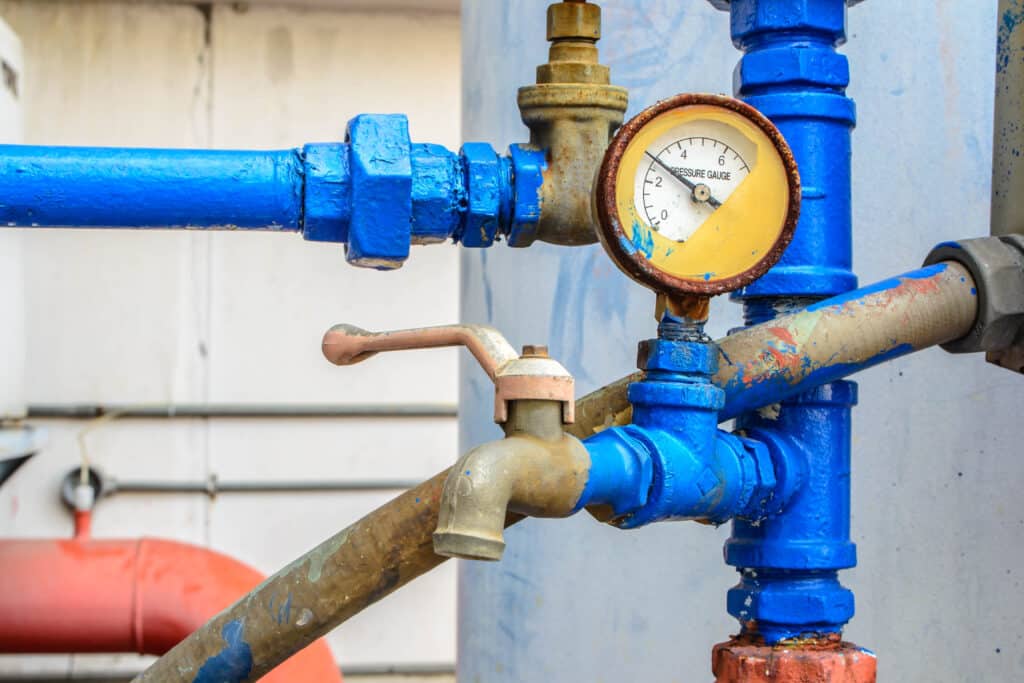Approaches to Resolve Low Water Pressure in Your Home
Approaches to Resolve Low Water Pressure in Your Home
Blog Article
How do you actually feel in regards to Dealing with Low Water Pressure in Your Home?

Low water pressure in your home can be an irritating problem, impacting whatever from showering to washing dishes. If you're experiencing weak water flow, there are numerous feasible causes and services to check out. In this overview, we'll review usual reasons for low water stress and sensible actions to resolve the problem properly.
Introduction to Low Tide Pressure
Low water stress happens when the circulation of water from your faucets, showers, and various other components is weaker than normal. This can make everyday tasks extra challenging and less reliable. Understanding the sources of low tide stress is vital to locating the right service.
Typical Root Causes Of Low Tide Pressure
Faulty Stress Regulators
Stress regulatory authorities are responsible for keeping regular water stress in your home. If they malfunction, it can result in low tide pressure or uneven flow throughout your home.
Metropolitan Water Supply Issues
In some cases, the problem exists outside your home. Community water supply concerns, such as main line leaks or maintenance work, can momentarily decrease water stress in your location.
Pipeline Obstructions
Over time, pipes can end up being obstructed with natural resource, debris, or particles, limiting the circulation of water. This is an usual concern in older homes with galvanized steel pipelines.
Deterioration
Corrosion within pipelines can lead to leakages and lowered water stress. Corrosion accumulation can restrict water flow, specifically in maturing plumbing systems.
How to Diagnose Low Tide Pressure
Checking Pipes
Examine noticeable pipes for signs of leaks, deterioration, or obstructions. Take notice of any uncommon sounds, such as banging or rattling pipelines, which could suggest issues within the plumbing system.
Consulting with a Plumber
If you're not able to identify the reason for low water pressure, take into consideration hiring an expert plumber to perform a thorough assessment. They can recognize underlying concerns and advise suitable remedies.
Inspecting Faucets and Fixtures
Beginning by testing the water pressure at various faucets and components throughout your home. If the problem is separated to specific areas, it may show local issues.
DIY Solutions to Deal With Low Water Stress
Flushing Hot Water Heater
Sediment build-up in the hot water heater can restrict flow and minimize efficiency. Flushing the storage tank occasionally helps remove sediment and maintain optimum performance.
Checking Stress Regulatory Authority
Guarantee that the pressure regulator is functioning correctly. Changing or changing the regulatory authority can aid restore appropriate water stress throughout your home.
Cleaning Up Aerators and Showerheads
Mineral deposits can build up in aerators and showerheads, lowering water circulation. Remove and cleanse these elements frequently to enhance water pressure.
Clearing Up Clogs in Piping
For small clogs, try using a plumbing serpent or chemical drainpipe cleaner to clear obstructions in pipelines. Beware when using chemicals and adhere to safety standards.
When to Call a Professional Plumber
If do it yourself efforts fall short to fix the issue or if you believe substantial plumbing problems, it's finest to look for help from a certified plumber. They have the expertise and devices to attend to complex issues safely and effectively.
Preventive Measures to Keep Water Stress
Setting Up a Stress Booster
Think about installing a stress booster pump to improve water pressure in locations with constantly low circulation. This can be specifically beneficial for multi-story homes or homes with high-demand components.
Monitoring Water Use
Be mindful of water usage behaviors and prevent ill-using the plumbing system. Easy adjustments, such as shocking showers and laundry tons, can assist maintain appropriate water pressure.
Regular Maintenance
Schedule regular upkeep for your plumbing system to stop concerns such as corrosion, leakages, and clogs. Resolving small troubles early can aid stay clear of even more substantial repairs later on.
Conclusion
Dealing with low tide pressure can be frustrating, yet recognizing the underlying reasons and carrying out proper solutions can recover optimal flow throughout your home. Whether it's cleaning aerators, checking pipes, or speaking with a plumber, taking aggressive steps can ensure a consistent supply of water for your day-to-day needs.
FOUR WAYS TO FIX LOW WATER PRESSURE NOW
Turning on a shower or faucet only to find the water comes out in a sad, slow drizzle is never a good feeling. How exactly are you supposed to wash a pan or take a quick shower when it takes 10 minutes just to rinse off a little soap? The good news is that when your water pressure is bad, there's always a cause: typically one that can be easily fixed. Here are some of the most common causes of low pressure and what you can do to fix the issue:
DEBRIS AND MINERAL DEPOSIT BUILDUPS
If you notice low water pressure from just one or two of the fixtures in your house, the problem likely has to do with debris buildup. Water is full of minerals and other debris, all of which can accumulate in your pipes and on your fixtures. This can cause a blockage that affects how much water flows through. To fix this, try filling a small plastic bag with white vinegar, and use a rubber band to hang it around your showerhead or faucet. Let the head of the fixture soak for a few hours, and the vinegar should loosen the deposits.
WATER LEAKS
Leaks are another common cause of low water pressure. If water is flowing out of your plumbing through a hole or crack before it can reach your fixture, the pressure coming out of the faucet or showerhead will be lower. A plumbing professional is your best bet for finding and repairing a leak in your water supply pipes.
Leaks are another common cause of low water pressure. If water is flowing out of your plumbing through a hole or crack before it can reach your fixture, the pressure coming out of the faucet or showerhead will be lower. A plumbing professional is your best bet for finding and repairing a leak in your water supply pipes.
A VALVE ISSUE
If you have low water pressure throughout your home, check your main shut-off valve to make sure it's completely open. You may also want to see if there's a pressure-reducing valve installed. If there is, have a plumber help you adjust the settings to get the pressure you're looking for.
OTHERS USING WATER
Believe it or not, your low water pressure could be caused by your neighbors. If you notice low pressure at certain times of day, it may be because you and the people living next to you have similar schedules - when everyone is showering at the same time, the pressure will be lower in every home. Low pressure throughout the neighborhood may also be caused by an issue with your municipal water supply. If that's the case, call the supplier to see if they're working on the issue.
https://www.rotorooter.com/blog/water-leaking/low-water-pressure-fixes/

As a serious reader on Low Water Pressure in the House?, I imagined sharing that excerpt was really useful. Be sure to take the time to share this post if you enjoyed it. I am grateful for your time. Kindly come by our site back soon.
Click On This Link Report this page